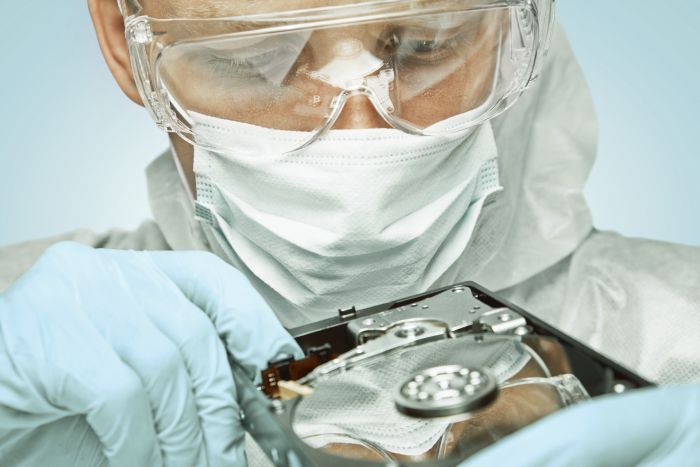It is possible to recover data from a failed RAID 5 server. RAID stands for redundant array of independent discs, operating through the functionality of individual drives. These drives work cumulatively by striping data in block sections and offering incredible storage capacity as it relates to documents, photos, audio, and video files.
This RAID server is subject to failure and file loss just like any other servers. The increased number of drives can lead to failure issues. There are instances when multiple hard drives fail at the same time. Nearly half of this system’s failures have been related to mechanical damage.
Data loss could be connected to a particular array failure. Your lost data may be related to a variety of these issues. Examining your system and evaluating the retrieval options is essential to the recovery process. Here are some of the data recovery steps for a failed RAID 5.
Determine if the problem is in the underlying RAID mechanism.
A RAID status that is normal and shows no changes to its configuration is most likely not a RAID issue. A virus attacked or a modification to the volume are other issues not related to RAID. In these cases, you would follow the procedure for recovery of a normal hard drive.
Determine if the RAID is hardware or software based.
The recovery process is different for each. Your RAID is hardware-based if it is implemented either on the motherboard or with a separate RAID card. The operating system views the entire RAID as a single disk. The individual member disks are controlled by the RAID controller and not directly accessible to the operating system. A software-based RAID is created in the operating system using the Disk Manager. The operating system has direct access to both the entire RAID and the individual disks.
Determine the state of the RAID.
Is your RAID degraded? When one disk fails, the system is degraded but you still have access to the volume. Disk manager can be used to repair if the RAID is software based. A hardware-based RAID needs to be rebuilt.
The RAID is broken if the volume is inaccessible or missing files. In this state, the RAID needs to be rebuilt. Some causes of this broken state include:
- RAID 5 Controller Failure Problems – The controller is responsible for monitoring all of the drives in the system. A failure will result in no access to individual drives or their data. Installing a new controller is not necessarily the solution as it could cause more issues and put your data at risk, without a backup option. The reinitializing process of RAID would be a better option here. This step is one that has the ability to limit loss by overwriting your data.
- Physical Damage – Physical or mechanical damage are often responsible for many hard drive problems including no spinning up or making whirling noises and lost configuration. Getting assistance through data recovery does not mean that all files are retrievable.
- Circuit Board Issues – Circuit board damage results in hard drives that do not operate properly. Simply trying to replace a circuit board could lead to bigger issues. In fact, it is possible to damage your hard drive physically in this process. Along with hard drive damage, you may find that your data is permanently lost.
It is recommended to have professional RAID data recovery technicians perform rebuilds. Data can be permanently lost if there are mistakes or errors during this process. It would be wise to copy your most critical files before rebuilding. Although it seems simple, complications from rebuild attempts to RAID 5 is the most common reason for a RAID 5 to break. Fortunately, there are experienced recovery specialists who have expertise working with RAID products. A specialist will be able to pinpoint hard drive issues and to perform recovery steps with minimal data loss.
If you discover a problem with your server, you should stop using it. Continued use could result in even more loss of data. It is important to get help as soon as hard drive issues arise. The evaluation process will determine which services are best for your problem and regain access to lost, deleted, or corrupted files. Contact a specialist right away for your data concerns.
